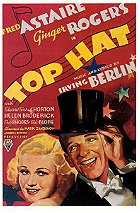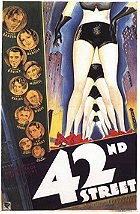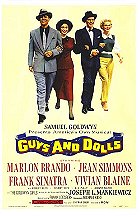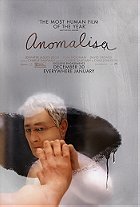My knowledge of the film versions of Show Boat is limited to the 1951 version with Ava Gardner and the heavily truncated version wedged into the opening of Till the Clouds Roll By. I had heard of this version, and knew that James Whale, one of the great-underrated talents of the era, directed it, but it wasn’t easily available. Widely considered the greatest movie musicals, and the penultimate adaptation of the stage show, this 1936 version of Show Boat was an object of my obsession in tracking down to view. So, thank god for the internet is all I’ll say.
For a movie that placed into the National Film Registry thirty years ago, this version of Show Boat has been a ghostly presence in the home-video market. Along with a 1929 half-silent/half-talkie version also produced by Universal, Show Boat was bought up by MGM in the late 40s while they were prepping a big budget, Technicolor version, and suppressed from circulation until the late 70s when star Paul Robeson passed away. What a shame as this truly is the best film adaptation of the stage show, keeping a large bulk of the songs from the show, adding and removing only a small number, and smartly transitioning from the stage to the screen.
Yet it is not a perfect film, though it teeters close to that mark. The treatment of race and miscegenation is sensitively handled for 1936, but it plays as reductive to these modern eyes. Same goes for a blackface number, nowhere to be found in the stage show but added here, involving Irene Dunne. To tell the story of vaudeville and the showboat eras without minstrel numbers would be to tell a lie about our history, but it wasn’t there originally and serves no purpose in its addition. It is mercifully brief, so let us at least be grateful for that much.
Everything else, mostly, works beautifully here. Led by the incandescent Irene Dunne, the cast is truly stellar, except for Allan Jones who was a great warbler but a limping dramatist. Paul Robeson and Hattie McDaniel prove as fully fleshed out as the captain his wife, Magnolia, Julie, or Gaylord. They wander through much of the earlier parts of the film acting as a chorus, and their absence from the latter half takes an obvious toll. Robeson’s deep voice blaring out “Ol’ Man River” is the obvious highlight. A show-stopper made up of Whale’s creative direction, impressionistic imagery, and Robeson’s vocal performance, which finds the poetry and suffering in the lyrics.
Even better may be Helen Morgan as Julie, the tricky role of the doomed biracial actress. Her reemergence late in the plot to sing “Bill” sealed the deal for me. Done mostly in close-up, Morgan finds every melancholic note, every raw nerve, and keeps all of it swirling underneath the placid surface of her face. It’s the type of minimalist acting that Whale could easily conjure forth from his performers, think of Mae Clarke in Waterloo Bridge or Boris Karloff in the Frankenstein films.
What really solidified in my mind was how badly James Whale’s career is in desperate need of a critical reevaluation. While his three entries in the Universal Monsters franchise remain the best, his other works, including this film, deserve some admiration and respect. He creates a world that feels authentic to the period, not just in costumes, but in the various sets, and the elliptical way it treats issues of racism, spousal abuse, and alcoholism. His variation in staging the sequences is also quite nice, at times he just plants the camera and lets the actors go to work, and in others he goes for stranger, daring, more artistic numbers. If 42nd Street laid the foundation of more fluid camera work, and the Astaire-Rogers films showed that integrated film musicals could be made, then Show Boat took those lessons and created a fluid, engaging, high-spirited melodramatic work of surprising grace and beauty.
 Login
Login
 Home
Home 95 Lists
95 Lists 1531 Reviews
1531 Reviews Collections
Collections
 0 comments,
0 comments, 







